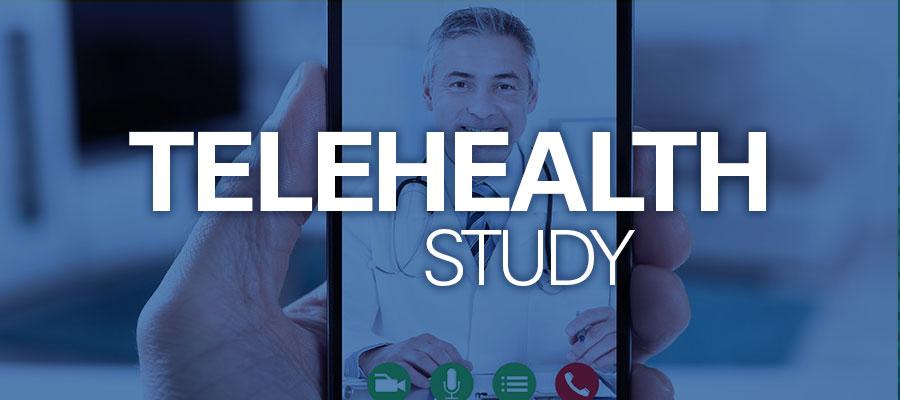Study: Physician telemedicine use still the exception rather than the rule

About 15 percent of physicians in 2016 worked in practices that used telemedicine to interact with patients, while 11 percent worked in practices that used it to interact with health care professionals, according to a survey by the American Medical Association reported in Health Affairs. Radiologists (39.5 percent), psychiatrists (27.8 percent) and cardiologists (24.1 percent) were most likely to use telemedicine to interact with patients, for example for diagnosis or treatment. Emergency medicine physicians (38.8 percent), pathologists (30.4 percent) and radiologists (25.5 percent) were most likely to use it to interact with other health care professionals, for example for specialty consultations. Videoconferencing was a more common telemedicine mode than remote patient monitoring or store and forward of patient data. Physicians in larger practices were more likely to use it than those in smaller practices, suggesting that financial burden may continue to be a barrier to implementation, the authors said.

